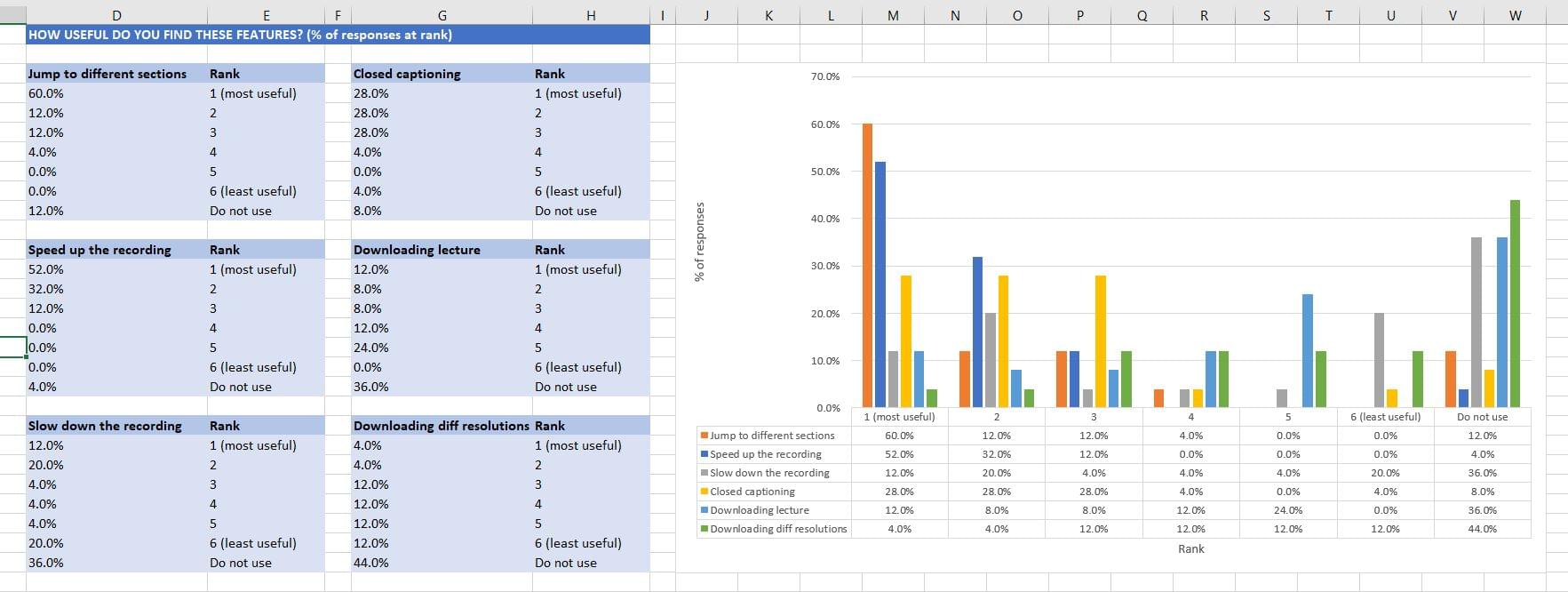ah teaches interface design (Surveying the Land lecture)
Surveying the Land
Lecture outline
Surveying users and deriving meaning from research results.
Critique prep
Please come and sign-up for a timeslot for critique. I will briefly cover alternative activities you can partake in during critique time at 9:45, after which we will reconvene for lecture at 11:30.
Please make sure to have materials ready for critique when your timeslot comes up.
Activities during critiques
Activities you may complete:
- Reading reflection #5 (final reading reflection available July 10)
- Prep your interview plan
- Work with your teammates on the project
Interview 101
Let's review:
- Consent
- The script
- The setup
- The analysis
Analysis
We are going to take a look at two examples of analysis: A ranked order quantitative example, and a survey response qualitative example.

Presentations
We will be holding presentations next week in class on your project directions. Attendance to other's presentations is recommended but not required. You will have signed up for a time slot to present in as part of today's critiques.
You will need to be in-class and ready to present (i.e. a USB key or quickly accessible URL for your presentation)